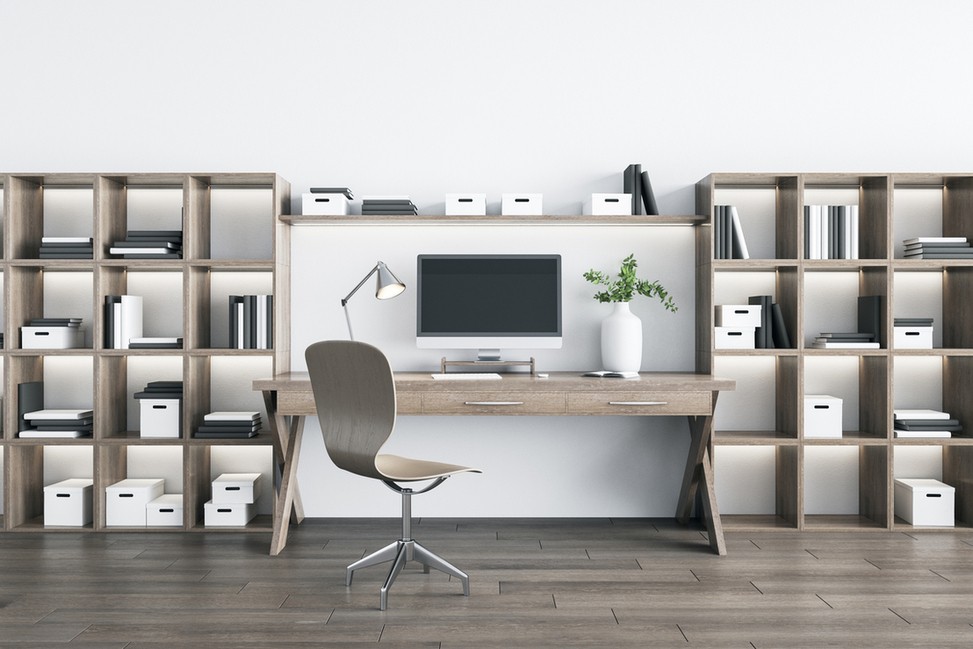
Photo Credit: Shutterstock
The design of your home is essential for improving and maintaining your mental health and productivity.
With the Coronavirus pandemic affecting people all over the world, quarantine and stay at homes orders were a major concern. The feeling of being outdoors with nature, and having human interaction in larger social settings was truly missed. Quarantine made people realize what interior designers have known to be true for a long time: The importance of being inside an environment that makes you feel good.
We have all experienced heading home from work after a stressful day and finally getting to the comfort of our living room. Encountering a cluttered kitchen, an office full of files and laptops, or decoration that you cannot stand to look at anymore does not contribute to relaxation.
The pandemic lifestyle required people to rethink the spaces in their homes, when more than ever a functional space to work or study at was necessary. Organization is often looked over when it comes to interior design. The truth is that the organization of your space is just as important as the looks, and they often come hand in hand. An organized space plays a great role in your mood, productivity, and well-being. Designing a space that allows you to functionally maintain the space organized is essential.
Lighting and colors can also have an impact on your mental health and productivity.
The right palette choice is individual to every person’s taste. However, it is important to choose colors that resemble peace and calm, and that you will not get tired of it over time. The psychology of colors is very effective and should be followed for optimal relaxation results. If you want to have a space that transmits a sense of peace and simplicity, then a blue and white color palette is your go-to.
Having the right amount of windows in a room is also a must. It is proven that sunlight can reduce depression and increase productivity levels. More natural light in a room can boost your mood and happiness, while a dark room can trigger sadness and anxiety.
It is important to think strategically about how space is used every day and how you want the space to feel. If you have kids and pets, it is worth investing in furniture that can handle frequent wear and tear. If you have a big family, having a big couch and seating spaces for every family member can avoid stressful situations.
After taking care of organization, the next step is to choose objects and pieces for the design that makes you feel good, and that really connects to you every time you look at it.
When so much in our life is out of control, our home is a place we have total authority over. Our homes should be our sanctuaries and happy places. Investing in a design that makes you feel good is crucial for your well-being.




